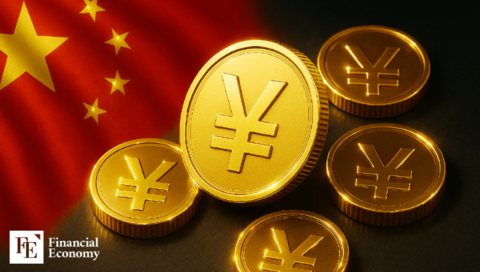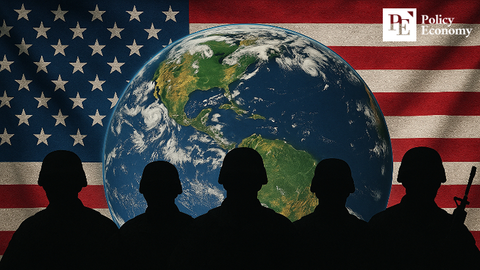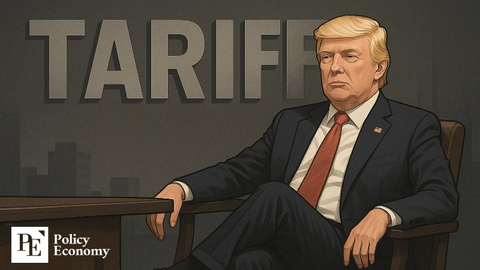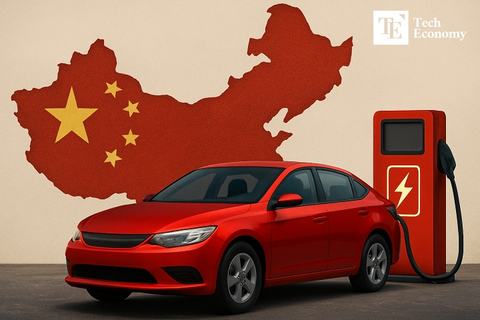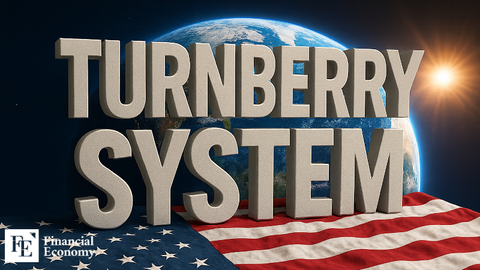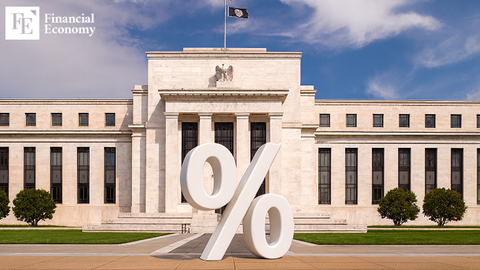Black Sea Ceasefire: Ghost Ships and Grain Corridors
Input
Changed
A Lifeline Reclaimed: Ukraine’s Strategic Grain Corridor Sanctions, Ceasefires, and a Delicate Dance of Diplomacy Grain, Borders, and the New Frontlines in Europe
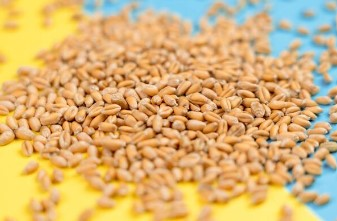
A Lifeline Reclaimed: Ukraine’s Strategic Grain Corridor
The wind that blows across the Black Sea conveys more than just salt and foam. It has endured the tension of two nations at war, the burden of fractured lives, and the optimism of a world in dire need of peace for nearly three years. For the first time in many months, a glimmer of diplomacy is now visible on its surface.
It was not announced with great fanfare; rather, it was announced through meticulously crafted press releases and cautious optimism. The United States announced that Ukraine and Russia had reached a limited armistice agreement regarding the Black Sea after three days of indirect negotiations in Riyadh. The agreement, despite its limited scope, was intended to guarantee the safe passage of commercial vessels and to cease military activity in one of the most contentious maritime regions on Earth. President Donald Trump praised it as a significant development. The reception was more cautious in Kyiv and Moscow.
In order to comprehend the importance of this accord, it is necessary to first comprehend the significance of the Black Sea. It is a lifeline for Ukraine. Ukraine was one of the world's greatest exporters of grain, including wheat, maize, barley, and sunflower oil, prior to Russia's invasion in February 2022. Its terminals were alive with activity. Its cargo ships supplied not only Europe but also fragile industries in Africa and Asia. However, this all changed upon the arrival of conflict.
Russia withdrew from the Black Sea Grain Initiative in July 2023, an agreement that was negotiated the previous year to enable Ukraine to export its agricultural goods in a secure manner. Moscow made the announcement that it would regard any vessel en route to Ukraine as a legitimate military target, citing unfulfilled promises to relax sanctions on its own exports. The cost of sustenance on a global scale increased significantly. Ukrainian producers observed their harvests decay. The sea, which was once a conduit of commerce, was transformed into a zone of dread.
Nevertheless, Ukraine managed to overcome the obstacles. In August, it established a "temporary export corridor," a narrow route that follows the western Black Sea coastline and passes through the territorial waters of NATO allies Romania and Bulgaria. The waters were too shallow for Russian submarines, and the geography provided a small margin of protection. It functioned. Ukraine's grain exports had resumed their upward trajectory by the conclusion of 2023, surpassing five million tonnes per month.
This was not merely a logistical triumph. It was a strategic decision. Ukraine had successfully circumvented the naval blockade by employing international cooperation and ingenuity to guarantee its economic survival. Ukraine exported roughly 20 million tonnes of grain to 42 countries between July 2023 and February 2024. Each ship that departed from Odesa or Izmail was a silent act of defiance.
There was no diplomatic response from Russia; rather, it responded with missiles and drones. Ukraine's grain storage facilities and terminals were the targets of over 30 attacks. Nevertheless, the grain continued to progress. The universe was nevertheless nourished.
It was as though this reality was eventually acknowledged when the tentative Black Sea deal was finally announced in March 2024. Although the agreement was restricted to energy infrastructure and maritime safety, it was a beginning. There was no direct communication between Russia and Ukraine; however, they had communicated. Additionally, they had reached an agreement, albeit one that was tenuous, that specific boundaries should not be crossed.
However, Moscow was never one to give without receiving. The Kremlin promptly declared that the ceasefire would only be implemented if Western sanctions against the Russian agricultural and financial sectors were withdrawn. The following are among their demands: the relaxation of restrictions on Russian-flagged ships, re-entry into the SWIFT international payment system, and access to agricultural machinery and insurance markets.
This appeared to be a form of coercion to certain individuals. To others, it was a negotiation. The White House signaled an openness, possibly in anticipation of a diplomatic victory. "We are currently considering all of them," Trump informed reporters. It was not a commitment, nor was it a rejection.
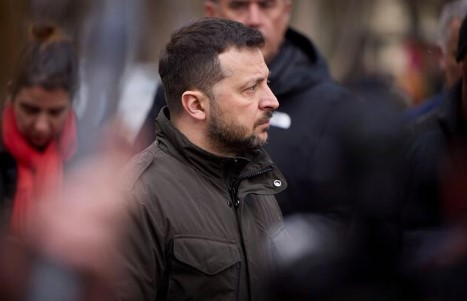
Sanctions, Ceasefires, and a Delicate Dance of Diplomacy
Zelensky was considerably less accommodating. Speaking to journalists in Kyiv, the Ukrainian president cautioned that the lifting of sanctions without the establishment of a more comprehensive peace would erode Ukraine's position. In his nightly address, he accused Russia of employing diplomacy as a pretext to delay, a strategy that the Kremlin has long employed. He maintained that Ukraine was amenable to peace, but not at the expense of sovereignty.
Meanwhile, the demonstrations persisted. Russia launched a missile and drone barrage that targeted seven Ukrainian regions just one day after the agreement was announced. In Sumy, a city located near the Russian frontier, over 100 individuals sustained injuries. Twenty-three of them were minors. It appeared that the conflict had not received the memo.
Ukraine's military maintained its offensive against Russia's Black Sea Fleet in the face of these assaults. Kyiv asserts that it has damaged or disabled one-third of Moscow's naval assets in the region since the invasion commenced. The once-feared fleet has been reduced to a mere shadow of its former self as a result of the implementation of sea drones, aerial assaults, and long-range missiles. In response, Russia has relocated its warships from the Ukrainian coast.
New tensions arose as Ukrainian exports resumed, this time not with Russia, but with neighboring EU countries. In order to bolster Ukraine's wartime economy, the EU eliminated tariffs on its agricultural products. Nevertheless, farmers in Poland, Hungary, and Slovakia promptly voiced their dissatisfaction, contending that the influx of inexpensive Ukrainian maize was causing a decline in prices. Poland alone received 4.1 million tonnes of Ukrainian grain in 2023, the majority of which was never exported.
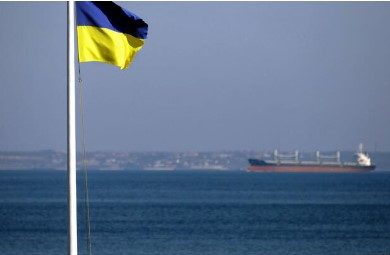
Grain, Borders, and the New Frontlines in Europe
The European Commission eventually lifted restrictions on Ukrainian imports, asserting that the crisis had passed. However, Poland was not persuaded. It reinstated its own prohibition, and Polish farmers commenced the process of obstructing border crossings. The European Union proposed new restrictions on the duty-free importation of eggs, poultry, and sugar from Ukraine in March 2024. However, grain imports will remain primarily tariff-free until mid-2025.
This is the paradox of Ukraine's cereals. It is a symbol of resilience and a source of division. It induces political turmoil and economic relief. It is victorious in international conflicts but experiences a decline in domestic support.
The question remains: is this the beginning of peace or merely a pause before the next escalation, as the Black Sea shimmers with the possibility of calm? It has been a long-standing assertion of Trump's that he could conclude the conflict within 24 hours. However, the reality remains daunting, despite the fact that his administration has since softened that claim. If peace is to be achieved, it will necessitate more than just cargo lanes and grain corridors. It will necessitate trust, concessions, and, perhaps most importantly, the disposition to acknowledge that certain vessels—which were previously obscured by conflict—must be safely returned to port.
This is the paradox of Ukraine's cereals. It is a symbol of resilience and a source of division. It induces political turmoil and economic relief. It is victorious in international conflicts but experiences a decline in domestic support.
The question remains: is this the beginning of peace or merely a pause before the next escalation, as the Black Sea shimmers with the possibility of calm? It has been a long-standing assertion of Trump's that he could conclude the conflict within 24 hours. However, the reality remains daunting, despite the fact that his administration has since softened that claim. If peace is to be achieved, it will necessitate more than just cargo lanes and grain corridors. It will necessitate trust, concessions, and, perhaps most importantly, the disposition to acknowledge that certain vessels—which were previously obscured by conflict—must be safely returned to port.
At present, the grain is in motion. The firearms are discharged. The ghost ships of the Black Sea are caught between the anticipation of peace and the specter of conflict.

